
Dolphin With Big Forehead
Steno comes from the Greek word for narrow, referring to the dolphin's rostrum (beak) Can remain underwater for 15 minutes; Lifespan up to 36 years or more; Have 19-28 roughened teeth in each quarter of the jaw; Communicate through whistles and clicks; Unlike Bottlenose dolphins, they have no demarcation between their melon (forehead) and beak
.jpg)
ไฟล์Bottlenose Dolphin KSC04pd0178 (cropped).jpg วิกิพีเดีย
They are usually found in shallow water. Most species live in large groups called pods. Delphinids are fast and agile swimmers. Delphinids use echolocation to locate prey like fish and squid. Killer whales also eat seals and penguins. World Status Key Least Concern Near Threatened Vulnerable Endangered

White Dolphin Mammal · Free photo on Pixabay
3 Koala 4 Giant Pandas 5 Sumatran Rhinoceros 6 Capuchin Monkey 7 Muskox 8 Mandrill Baboon 9 Bottlenose Dolphin 10 Orangutan 11 Sperm Whale 12 Conclusion 13 FAQs 13.1 Share this post: African Elephants are the Animals With Big Foreheads The elephant is one of the most amazing Animals With Big Foreheads.
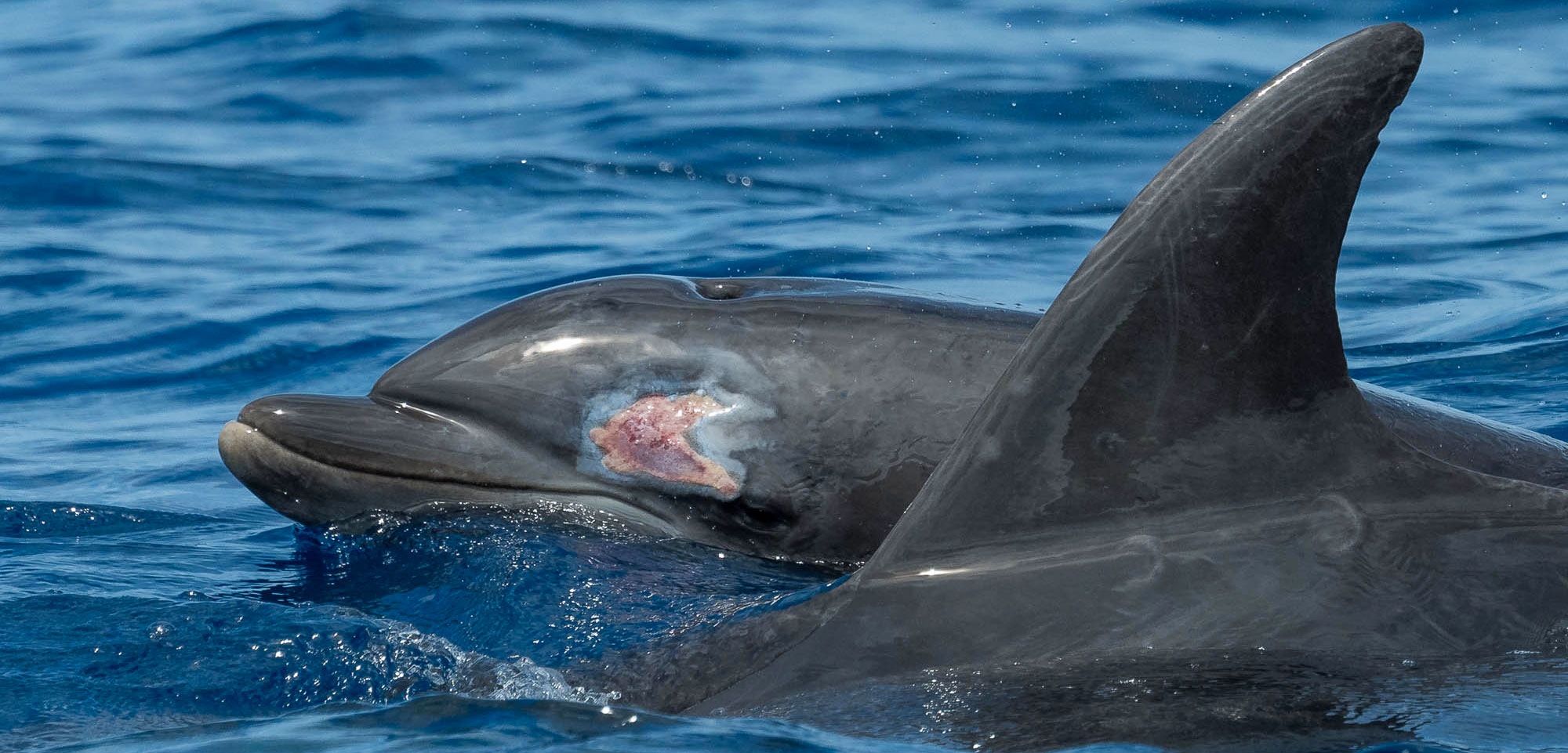
Shot through the Head, and You’re to Blame Hakai Magazine
45 km/h mph Weight 180-354 kg lbs Length 2.3-3 m ft The white-beaked dolphin ( Lagenorhynchus albirostris ) is a marine mammal belonging to the family Delphinidae (oceanic dolphins) in the suborder Odontoceti (toothed whales). Ca Carnivore

amessinacloud on Tumblr
Taiwanese Humpback Dolphin. This rare dolphin species' existence was only just confirmed by surveys in 2002. The Taiwanese humpback dolphin lives exclusively in the shallow coastal waters of.
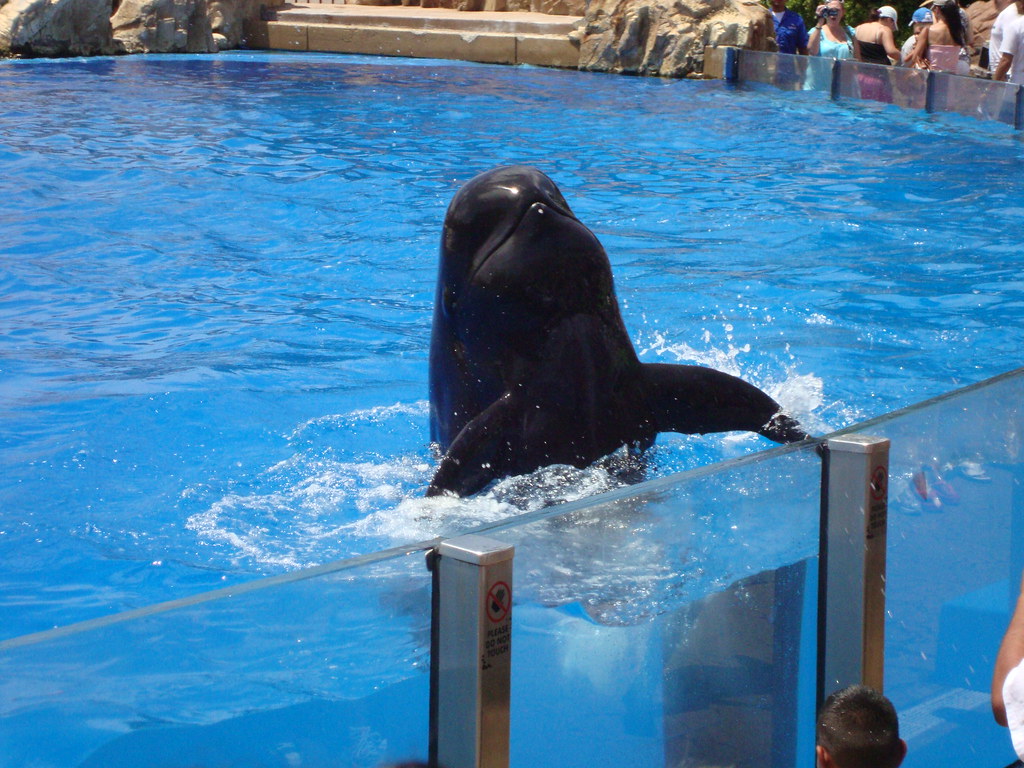
big head dolphin tracyjuang Flickr
Description Mahi-mahi have compressed bodies and one very long dorsal fin extending from the head almost to the tail fin. Mature males have distinctive "foreheads"; it grows as the fish matures and often protrudes well above the body proper, which is streamlined by the musculature of the back.
FileBottlenose dolphin with young.JPG Wikimedia Commons
As mentioned above, dolphins are whales, and the largest living dolphin is the orca. The orca's dorsal fin alone can reach up to 6 feet tall! Orcas are nicknamed "Killer Whales" due to their likelihood to stand their ground against predators and even prey on whales much bigger than themselves.
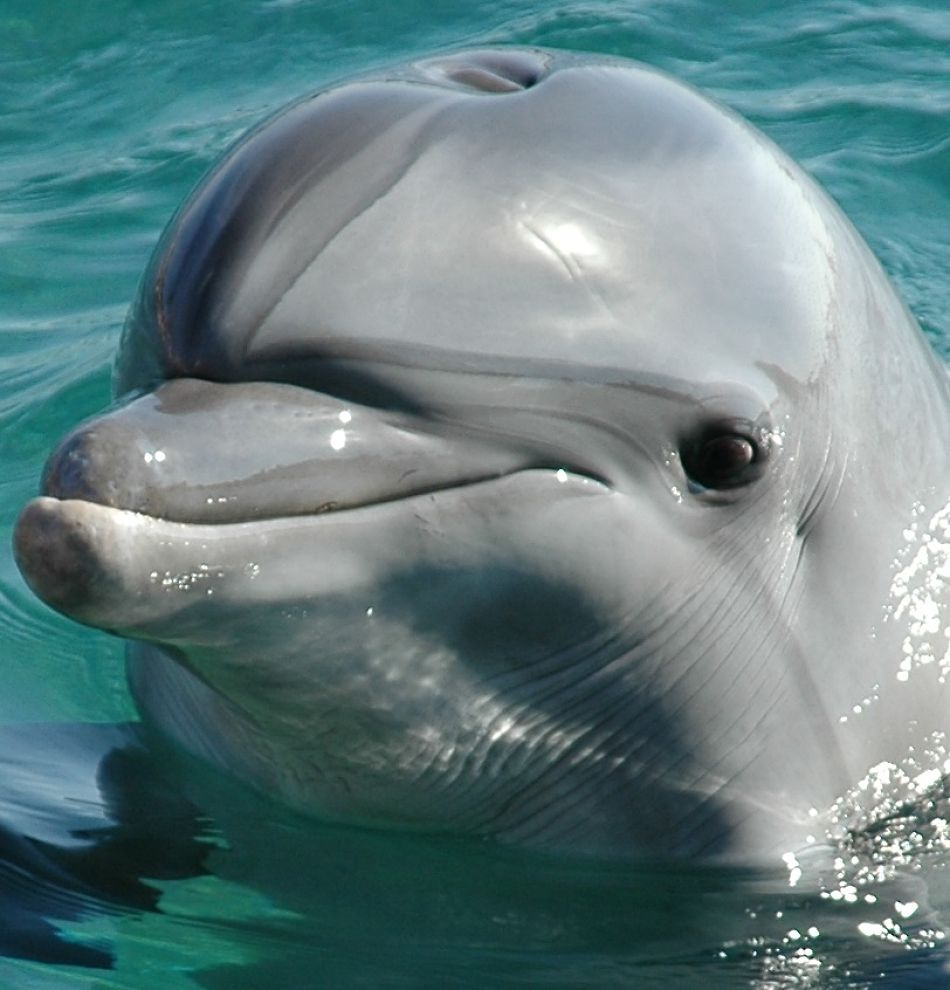
Dolphin Facts Animal Facts Encyclopedia
NARRATOR: The Atlantic Spotted Dolphin - they've been evolving for about 10 million years now. And while their ancient ancestors lived on land, rising ocean waters led these animals to become mammals of the sea. Dolphins are mammals, and all mammals breathe air. Dolphins breathe through a blowhole.
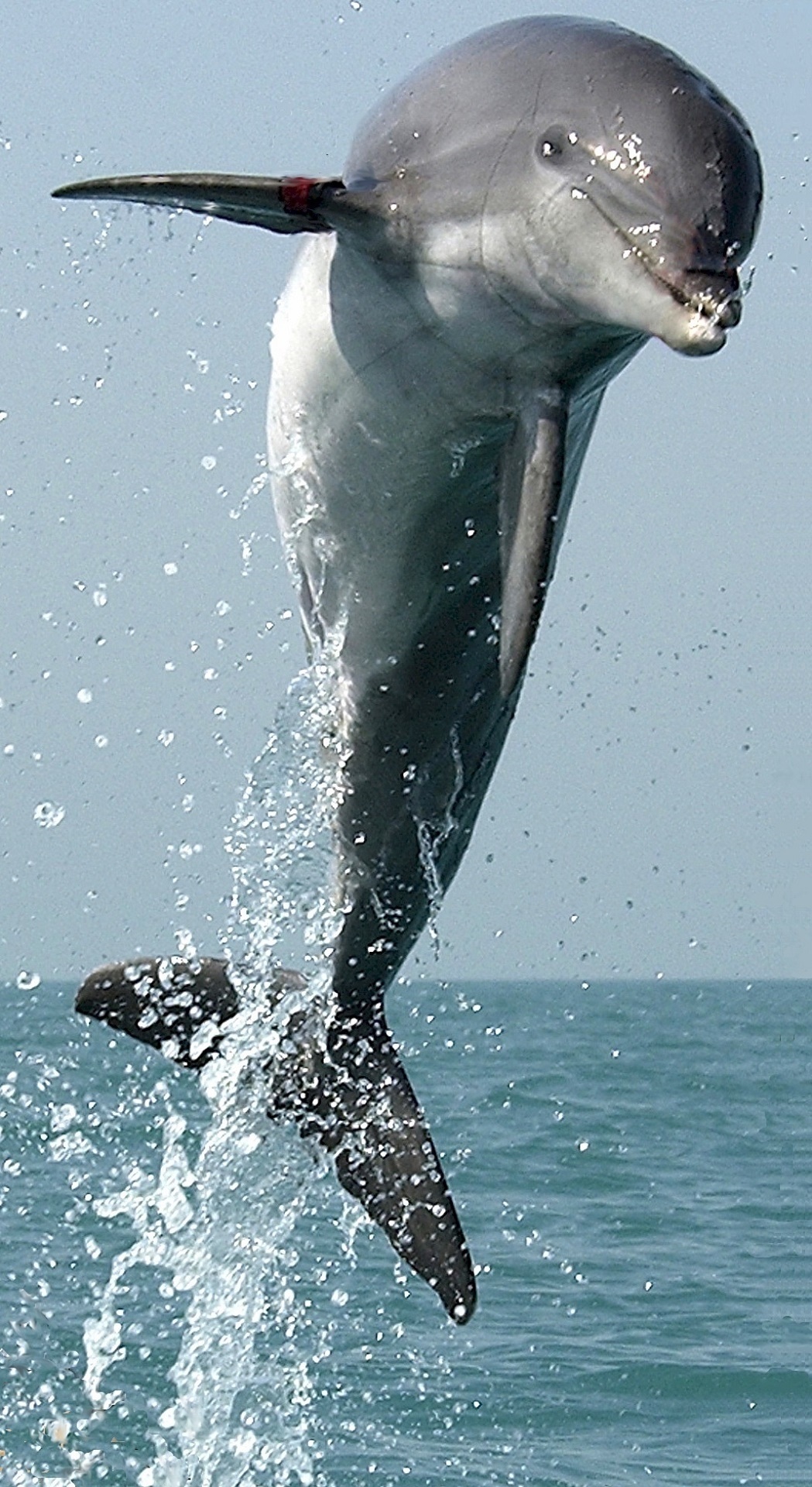
Dolphin Free Stock Photo Public Domain Pictures
The beluga whale ( / bɪˈluːɡə /; [4] Delphinapterus leucas) is an Arctic and sub-Arctic cetacean. It is one of two members of the family Monodontidae, along with the narwhal, and the only member of the genus Delphinapterus.
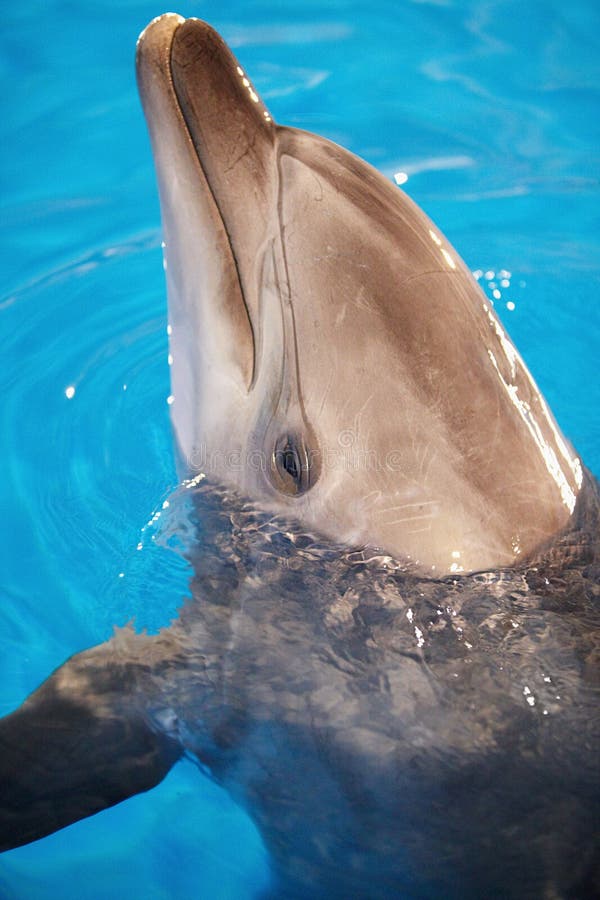
Dolphin head stock photo. Image of happy, ocean, grey 15302112
The rounded shape of this mass of adipose tissue is what gives dolphins the shape of their forehead. Mouth. Located in the front area of the head, it has several teeth whose number varies according to the species, but they are around 80-100. The jaws are elongated and play a significant role in the sensory system of the dolphin. Trunk. Dorsal fin.
The rare Irrawaddy Dolphin found in Indonesian waters r/RealLifePokemon
June 29, 2023 by Active Wild Admin A complete list of dolphin species with pictures and interesting facts. Discover the many different types of dolphins that are alive today. Dolphins are marine mammals belonging to the infraorder Cetacea, which is also home to whales and porpoises.

5 Facts About the Amazon Pink River Dolphin
Other Names: Dolphinfish, dolphin, mahi-mahi, dorado, pompano. Distinguishing Features: Brilliantly colored fish with single dorsal fin spanning the length of the body; males have protruding foreheads. Average Size: 1 meter in length and up to 40 kilograms (88 lb) weight. Diet: Carnivorous.
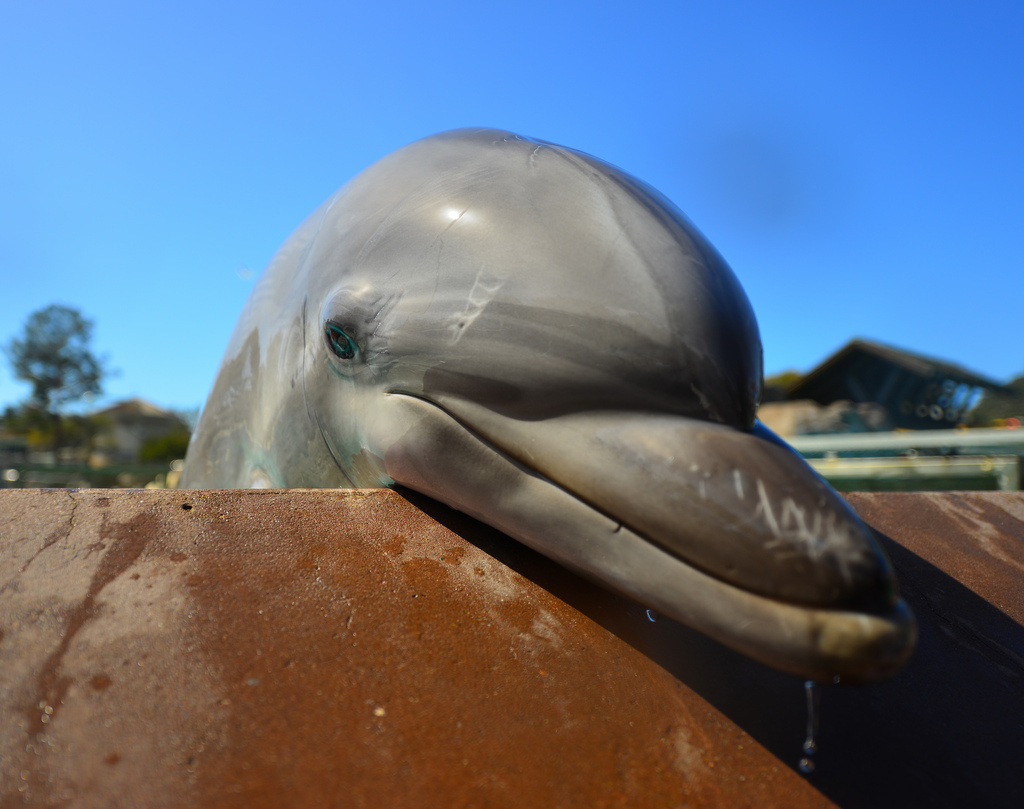
Scientists finally catch dolphin talking / Boing Boing
External Anatomy Dolphins are easily recognizable by their streamlined body shape and elongated rostrum, or beak. They have a variety of external anatomical features that allow them to navigate their aquatic environment with ease. The dolphin's head houses several important sensory organs, including their eyes, ears, and blowhole.
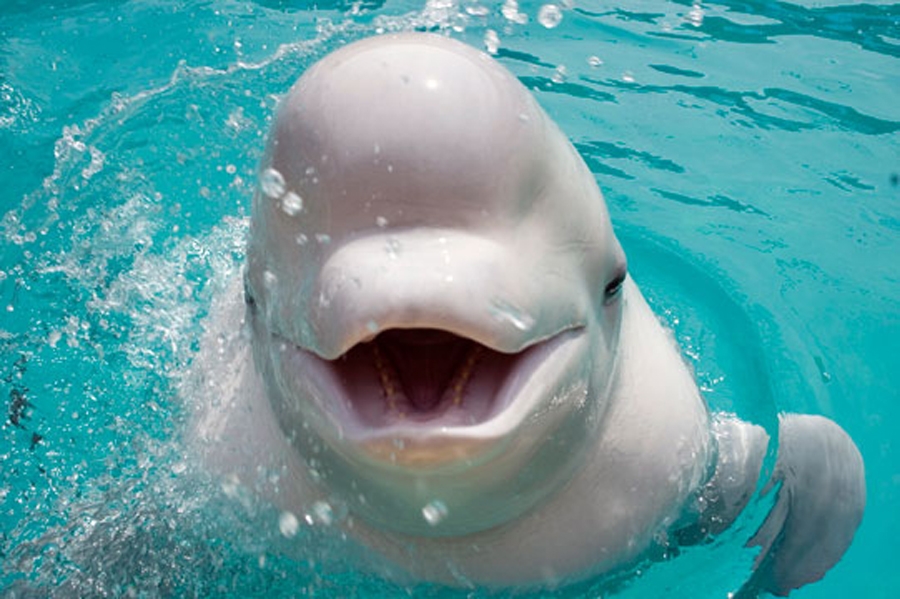
Белый Дельфин Картинка Telegraph
A dolphin's forehead is known as their melon. The melon houses has small air sacs, which are used to produce click vibrations and vocalization sounds for echolocation and communications. Rostrum . The term rostrum comes from the latin word, meaning beak. The rostrum is sensitive to touch, and used by dolphins to feel objects and for touch.

Rare dolphins threatened by boat strikes, fishing gear WWF
Key Takeaways. Pandas, gorillas, elephants, and beluga whales are among the animals with big foreheads. The big foreheads in these animals serve various purposes, such as adapting to their diet, head-to-head collisions, producing sounds, and protection. Some animals, like flowerhorn cichlids and bald uakaris, have been bred or naturally evolved.

Strange Animals (Strange_Animals) Beluga whale, Whale, Animals beautiful
Captive born Irrawaddy dolphin calves measured 96 cm in length and weighed 12.3 kg. In the first seven months the calves increased in length by 59% and 266% in weight. Calves begin eating fish around six months and are fully weaned at about two years old. Adult length is achieved between three and five years old.